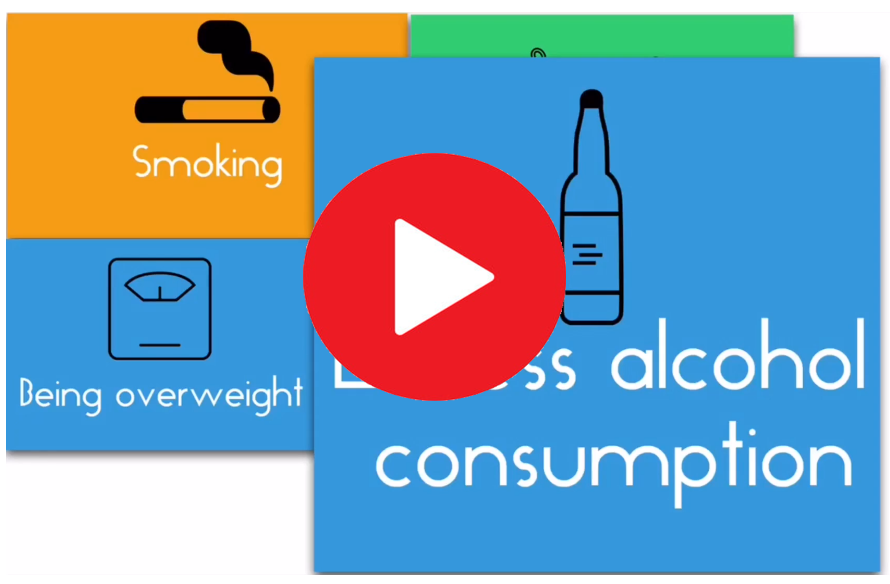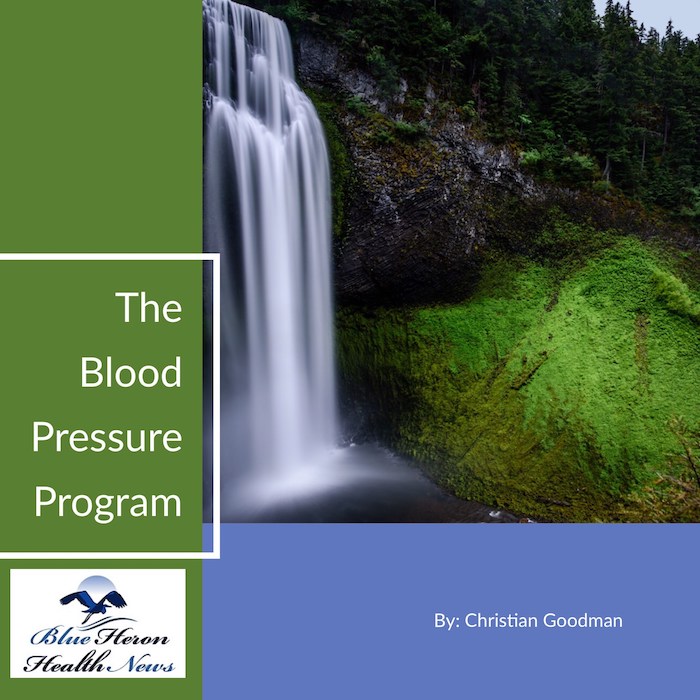The Bloodpressure Program™ By Christian Goodman The procedure is a very basic yet effective method to lessen the effects of high blood pressure. To some people, it sounds insane that just three workouts in a day can boost fitness levels and reduce blood pressure simultaneously. The knowledge and research gained in this blood pressure program were really impressive.
Occupational Hazards and Blood Pressure: Understanding the Risks
Understanding the occupational hazards associated with elevated blood pressure (hypertension) is critical for preventing long-term health complications, especially for workers in high-risk professions. Here’s an overview of how workplace factors impact blood pressure and strategies for risk mitigation.
How Occupational Hazards Affect Blood Pressure
- Physical Stressors:
- Heavy Physical Labor: Strenuous activities can cause short-term spikes in blood pressure, particularly in workers with preexisting hypertension.
- Prolonged Sedentary Work: Desk jobs can lead to poor circulation, weight gain, and increased blood pressure.
- Psychological Stressors:
- High-Stress Jobs: Deadlines, responsibilities, and workplace conflicts increase cortisol levels, leading to hypertension.
- Shift Work: Irregular hours disrupt sleep patterns and circadian rhythms, negatively impacting cardiovascular health.
- Environmental Factors:
- Noise Pollution: Chronic exposure to high noise levels (e.g., in factories, airports) can raise blood pressure over time.
- Heat and Cold Stress: Extreme temperatures can alter vascular function, increasing strain on the cardiovascular system.
- Exposure to Toxins: Certain chemicals (e.g., lead, carbon monoxide) are linked to increased hypertension risk.
- Behavioral Patterns:
- Unhealthy Coping Mechanisms: Stress at work often leads to smoking, excessive caffeine or alcohol consumption, and poor eating habits.
- Limited Physical Activity: Demanding schedules may reduce opportunities for exercise.
- Job-Related Fatigue:
- Long hours and insufficient recovery time can lead to chronic stress and heightened blood pressure levels.
High-Risk Professions
Certain occupations are more prone to blood pressure-related risks due to their demands:
- Healthcare Workers: Stressful environments, long shifts, and emotional strain.
- First Responders: Police, firefighters, and paramedics face acute and chronic stressors.
- Transportation Workers: Long hours, sedentary work, and irregular schedules.
- Factory Workers: Exposure to noise, toxins, and physical strain.
- Corporate Executives: High responsibility and long hours create sustained psychological stress.
Health Implications of Work-Related Hypertension
- Cardiovascular Disease: Hypertension significantly increases the risk of heart attacks, strokes, and arrhythmias.
- Kidney Damage: Persistent high blood pressure can lead to renal complications.
- Productivity Loss: Hypertension-related fatigue and absenteeism affect work performance.
Preventive Measures
- At the Individual Level:
- Regular Monitoring: Encourage employees to track their blood pressure.
- Healthy Lifestyle Choices:
- Eat a balanced, low-sodium diet.
- Stay physically active and maintain a healthy weight.
- Manage stress through relaxation techniques or hobbies.
- Adequate Sleep: Aim for 7–9 hours of restful sleep, even with irregular schedules.
- At the Workplace Level:
- Wellness Programs: Include screenings, fitness challenges, and stress management workshops.
- Ergonomic Adjustments: Provide standing desks, footrests, or adjustable seating to reduce physical strain.
- Noise and Environmental Control: Use noise-canceling measures and temperature regulation.
- Flexible Policies: Offer breaks, shift rotations, or remote work options where possible.
- For High-Risk Groups:
- Provide education on the connection between job conditions and hypertension.
- Offer access to counseling, particularly for those in emotionally demanding roles.
Long-Term Solutions
- Regular Health Assessments: Include blood pressure checks in routine occupational health evaluations.
- Policy Advocacy: Support workplace standards that address occupational stress and environmental hazards.
- Behavioral Training: Teach stress management and time-management skills.
Would you like further details on implementing these strategies or resources for specific industries?

The Bloodpressure Program™ By Christian Goodman The procedure is a very basic yet effective method to lessen the effects of high blood pressure. To some people, it sounds insane that just three workouts in a day can boost fitness levels and reduce blood pressure simultaneously. The knowledge and research gained in this blood pressure program were really impressive.
